Bread has a relatively low impact on the environment compared to many forms of food but that’s not to say bakers can’t help to reduce it further.
One way is to consider using flour from grains produced using regenerative farming methods. Regenerative farming, also known as regenerative agriculture, is a loose term that can be open to interpretation but refers to the idea of improving and protecting the health of soil. This is often defined as five core principles:
- Don’t disturb the soil
- Keep the soil surface covered
- Keep living roots in the soil
- Grow a diverse range of crops
- Bring grazing animals back to the land.
“Regenerative farming results in a broader mix of grains being grown as well as bringing grass and cover crops back into the rotation which in turn improves soil health and ensures the longer-term viability of the soil,” explains Bob Gladstone, managing director at Silvery Tweed Cereals.
Interest in regenerative agriculture comes as awareness rises of the harm modern food production processes can do when the focus is on increasing output. For example, many growers plant continuous crops of winter-sown wheat, with winter-sown oilseed rape as a break crop, which can lead to issues such as the black grass weed.
“We have built an agricultural system reliant on large fields of monoculture, heavy mechanical work of the soil and chemicals inputs, such as pesticides and fertilisers,” says Hélène Flamand, international business developer at Puratos. She adds that in some countries intensive practices have led to an increase in erosion, lower water and nutrient availability in the soil, as well as poor biodiversity.
“We have reached the limitation of this model and need to build a new ecosystem that moves away from dependence on mechanical and chemical output,” Flamand says.
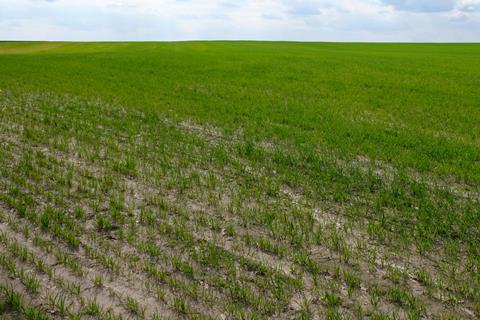
Flourish of flours
In response, some farmers are adopting regenerative principals, leading to interest among flour suppliers and bakers.
Craggs & Co, for example, is increasingly using regenerative principles on its farms, such as minimising soil disturbance and keeping soil covered wherever possible, although it is a purely arable operation so can’t rotate its fields with livestock.
“We try to overcome this by using manure and organic fertiliser/soil improvers, and by chopping 50% of our straw at harvest time so that it goes back to the land, therefore improving the organic matter within our soils,” explains director Janet Craggs.
In December, miller Matthews Cotswold Flour launched Stoneground Regenerative White Flour (rsp £2.80/1.5kg), a bread flour made from regeneratively farmed UK wheat.
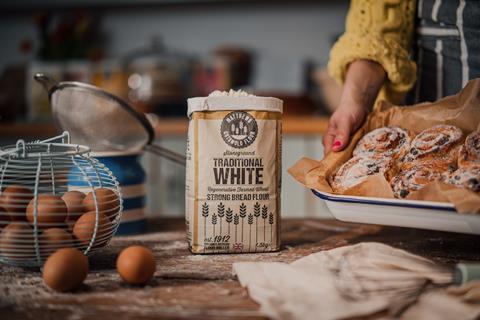
Matthews Cotswold Flour managing director Bertie Matthews points out that many grains can be grown using a regenerative model, including wheat, rye, barley, spelt, einkorn and emmer.
“Generally, with wheat, spring varieties like Mulika are popular,” he adds. “Spring crops have reduced black grass risk, lower production costs and they can have strong protein which is suitable for milling.”
Gladstone at Silvery Tweed says regenerative practices encourage the growing of a broader range of crops in spring and winter formats, adding that cover cropping helps reduce the soil erosion that would occur if the ground was left bare over winter months.
Crop rotation, growing different crops in the same area in different growing seasons, reduces the reliance on certain nutrients, which minimises the risk of pests and diseases, limits the need for chemical use and can lead to improved soil structure.
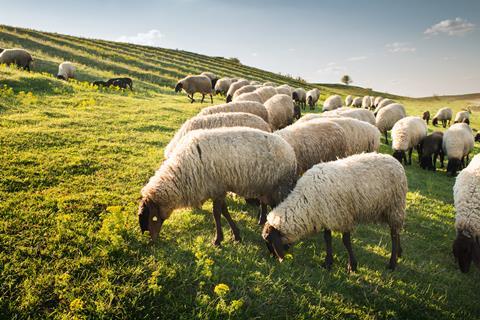
Rye, spelt, buckwheat, linseed and pulses are viable but often overlooked rotation options for western European farmers, says Flamand at Puratos.
“Bakers and their suppliers can encourage regenerative farming – and diversify their own product portfolio – by taking these grains and seeds and turning them into added value ‘power ingredients’,” she suggests. “We can also use linseed or quinoa as a topping or inclusion to boost fibre content.”
Cost implications
Making such changes to the way wheat and other crops is farmed comes with cost implications, of course, and capital investment might include more bespoke drill and cultivation equipment. Ultimately, however, regenerative farming may save a farmer money.
The cost of switching to regenerative farming mainly relates to the five years’ transition needed to regenerate the soil, suggests Flamand, adding that once the soil is regenerated, farmers can produce with the same output with lower operating costs, as they need less input.
One of the benefits of a regenerative system is that the production costs for the farmers should be lower
“One of the benefits of using a low- or no-input regenerative system is that the production costs for the farmers should be lower,” agrees Matthews at Matthews Cotswold Flour. “This is because they won’t be spending as much on fertilisers, pesticides, herbicides, and fungicides.
He adds that there are also cost savings on fuel, pointing out that farmers supplying his business spend 30% less time driving up and down their fields.
But, unfortunately for bakers, the yield from regenerative farming can be lower than conventional modern methods, resulting in higher prices.
“Where you might expect eight tonnes per hectare for conventional wheat this may reduce to six tonnes per hectare or less moving to a regenerative system,” explains Matthews. “The lower the yield, the higher the price the farmer will need to charge which is carried through to the flour and ultimately the bread.”
Flamand says customers can support farmers by paying a premium or by committing long-term to a certain volume of a specific crop. She adds that Puratos is investing in pilot projects around the world to define how to value ingredients from regenerative farming and how farmers, regulatory bodies and customers can work together to shape “the food system of tomorrow”.
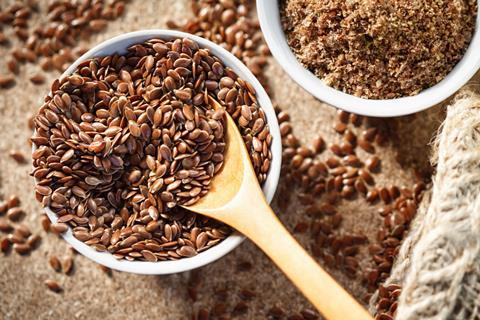
Citing a recent study by Forbes, ADM Milling UK points out that 42% of consumers are willing to pay more for sustainable products from sustainable businesses.
“This is due to consumers understanding their place in the wider environment and how an extra penny here may lead to less environmental damage,” says ADM commercial director Ashley Fuller. “Regenerative agriculture does require investment and, therefore, we will see an on-cost. However, right now it is too early to tell what this will be.”
Given the upfront costs and the need to fundamentally change the way crops are cultivated, it’s not surprising that some farmers have shied away from regenerative farming.
Another barrier to take-up is confusion over what the term regenerative agriculture means to customers, particularly when compared with organic food, which has Soil Association accreditation
“Unlike regenerative farming, organic has a much clearer definition with a strict set of UK and international standards which are legally defined and have to be met by organic farmers through rigorous annual inspections,” says Clare Marriage, co-founder of organic flour brand Doves Farm. “Ultimately, organically farmed grain offers a clearly identified, regenerative, sustainable and monitored future for food production that can be independently verified throughout the food chain.”

Interest is increasing
There are signs that interest in regeneratively farmed grains is increasing in the baking industry, with Flamand at Puratos pointing out that products made with flour from farms using regenerative farming methods are now appearing in UK bakeries and supermarkets. These include Marks & Spencer loaves made with flour from the Wildfarmed regenerative farming project.
“As consumer interest grows and sourcing becomes easier the industry is responding,” she says. “As consumers become more informed, they will demand greater transparency in areas such as supply chains, sourcing and ethics, and by extension, seek out products resulting from sympathetic, sustainable farming methods.”
It’s a view echoed by Matthews at Matthews Cotswold Flour, which in recent years has hosted an event called Soil, Stone and Sourdough, inviting bakers from across the country to visit the farm, tour the mill and trial recipes using different grains.
We have seen a big increase in bakers taking an interest in where the grain is sourced
“We have seen a big increase in bakers taking an interest in where the grain is sourced and how it is farmed,” he adds.
Many bakery businesses, particularly larger ones, are currently focused on cost reduction but sustainability remains a topic in customer meetings and is likely to rise up the agenda.
“Execution of initiatives in this area will be needed in the next year or two,” says Fuller at ADM. “Sustainable options will become a requirement and not just a nice to have.”
Matthews believes such options will come about by farmers, millers and bakers all playing their role: the farmers by driving regenerative agriculture and growing crops that improve soil fertility; the millers by providing a market for these products and helping to create the margin farmers need to continue; the bakers by choosing to use regenerative or organic flour.
“Each stage must want to make the change,” he says. “If you have a passion for food, then you have a passion for regenerative agriculture, you may just not know it yet.”



















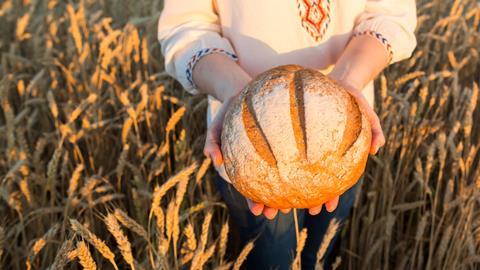
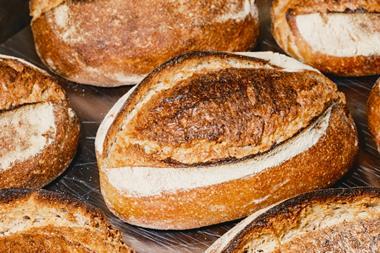



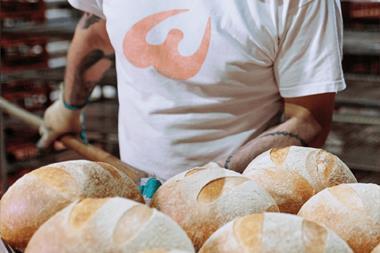


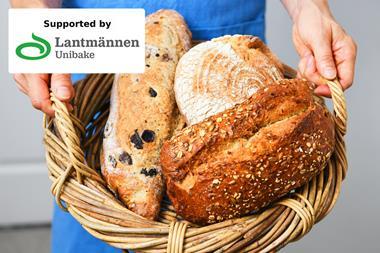
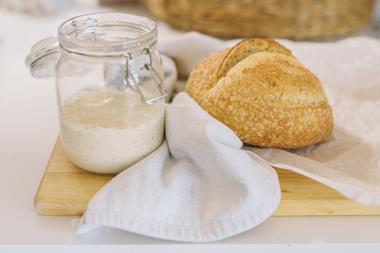




2 Readers' comments